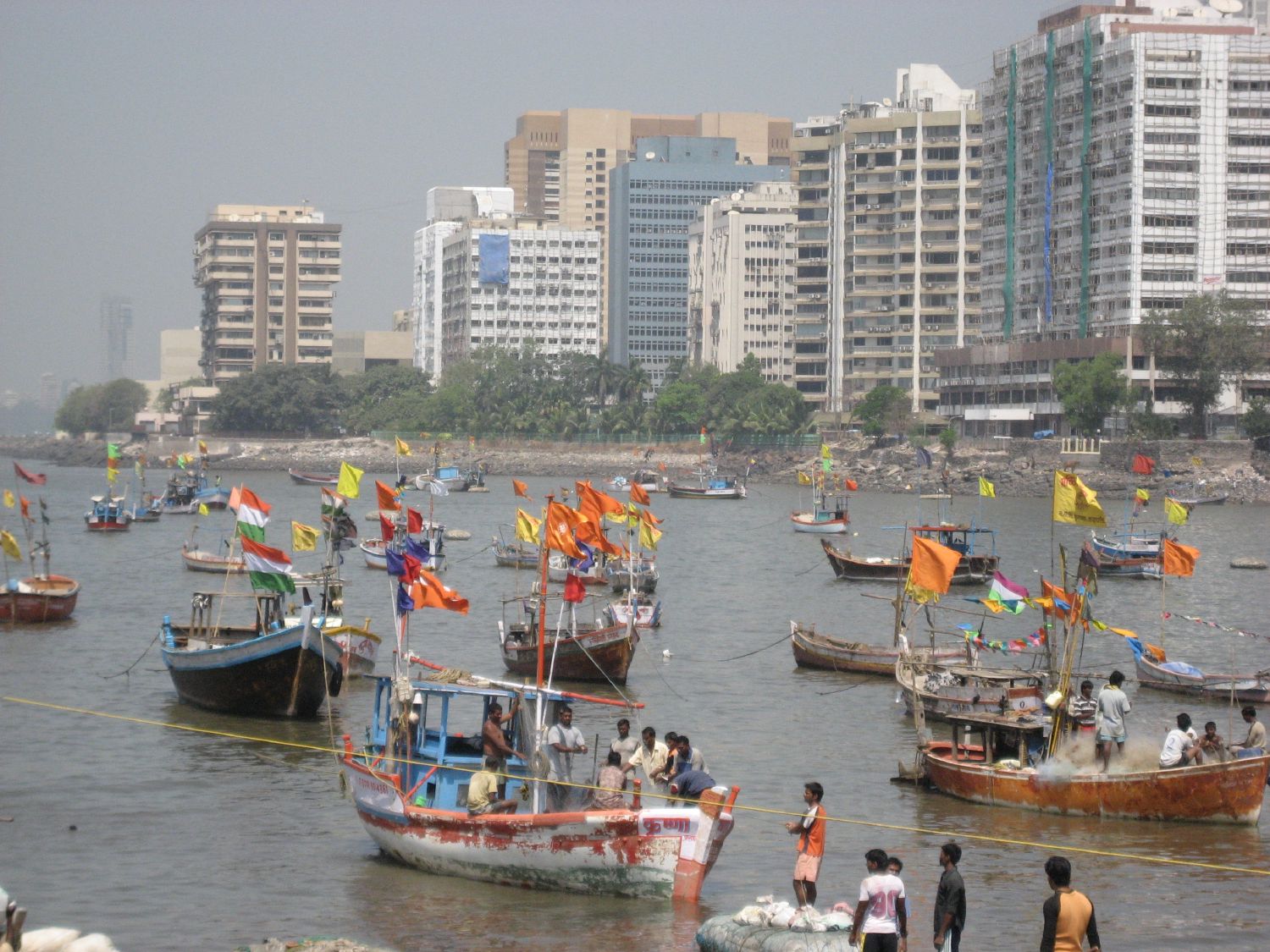
After a pleasant 9 hour flight from Darwin, we arrived in Mumbai (formerly known as Bombay) on Wednesday evening. Our arrival was as smooth as could be expected at any international city. Breeze through immigration, pick up our bags, change some money and walk right through customs. Get a pre-paid taxi to the city and we’re on our way. That’s probably where easy ends in India.
The ride from the airport to the city isn’t that far but can take up to 2 hours in rush hour traffic. At 7:45pm on a Wednesday night it took us about an hour and a half. A taxi ride in Mumbai is something like threading a needle – a moving, frenetic, horn honking needle. We spent most of the ride wide-eyed and in awe of the world we were seeing. There should have been a least a dozen accidents, but we saw none. There were taxis, auto rickshaws, motor bikes, buses and trucks all weaving in and out somehow turning the three marked lanes into five. Everyone honks, no one slows down and yet, it all seems to flow like some kind of dance. In and out, fast and then slow, finding a narrow space between two vehicles and land or no lane, threading the needle right through them.
As we suspected, the hotel we thought we had reserved – which are kind taxi driver did not have an easy time finding – had no room for us. So at 9:00pm we were in the middle of a huge city with no place to stay. The guy mentioned trying a place down the block. They had rooms. As seems to be common practice here, they tried pushing the deluxe suite with private bathroom on us, but for half the price we insisted on the little room with twin beds and shared bath. After paying our rupees, they let us know that the AC didn’t work in that room. We retired to our dark, little cell of a room with no windows and no AC. Though I did see a tourist from time to time, it was by and large a hotel inhabited by Indians. It was overpriced, but most hotels in Mumbai are, and not overly comfortable, but we made do.
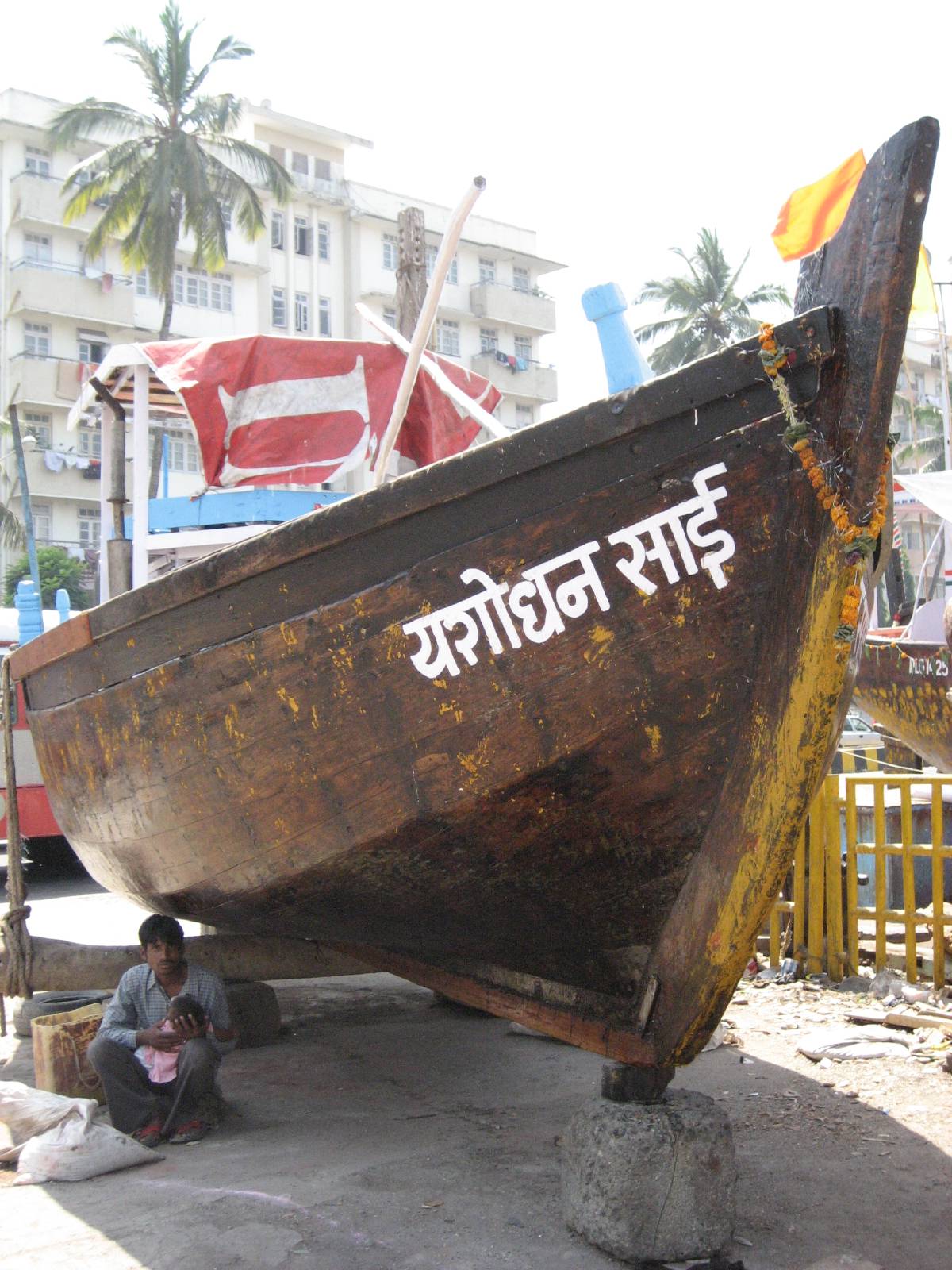
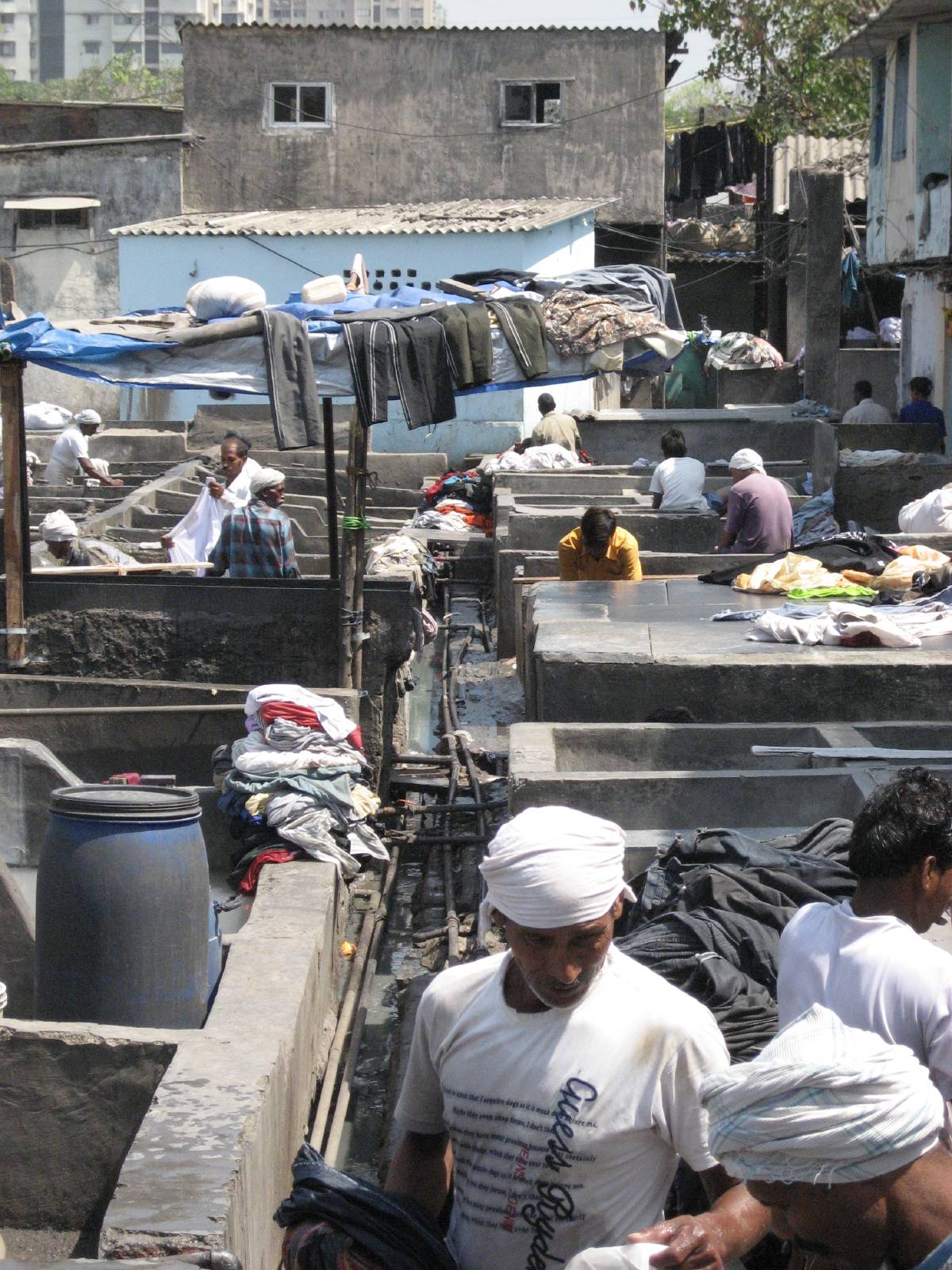
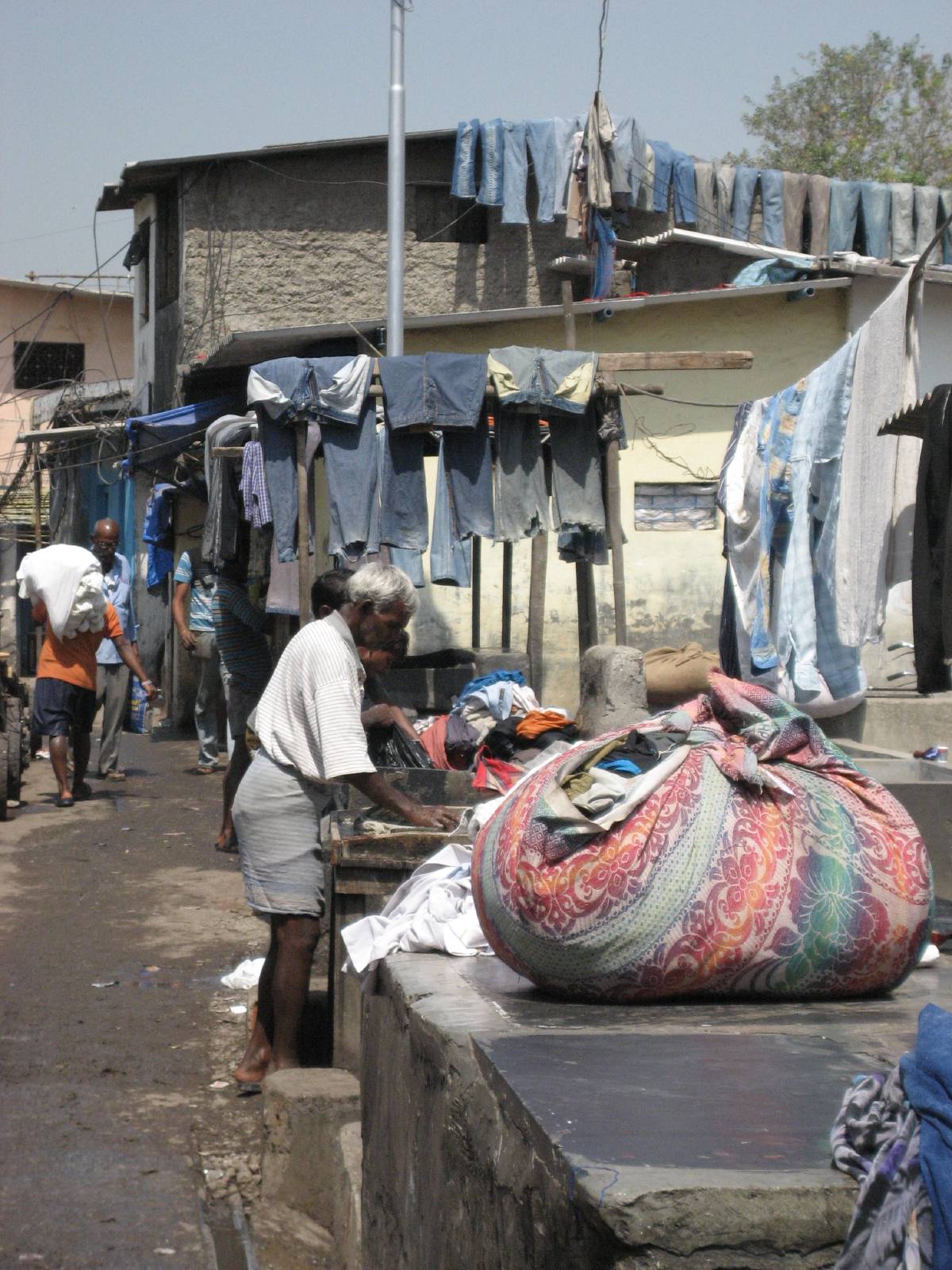

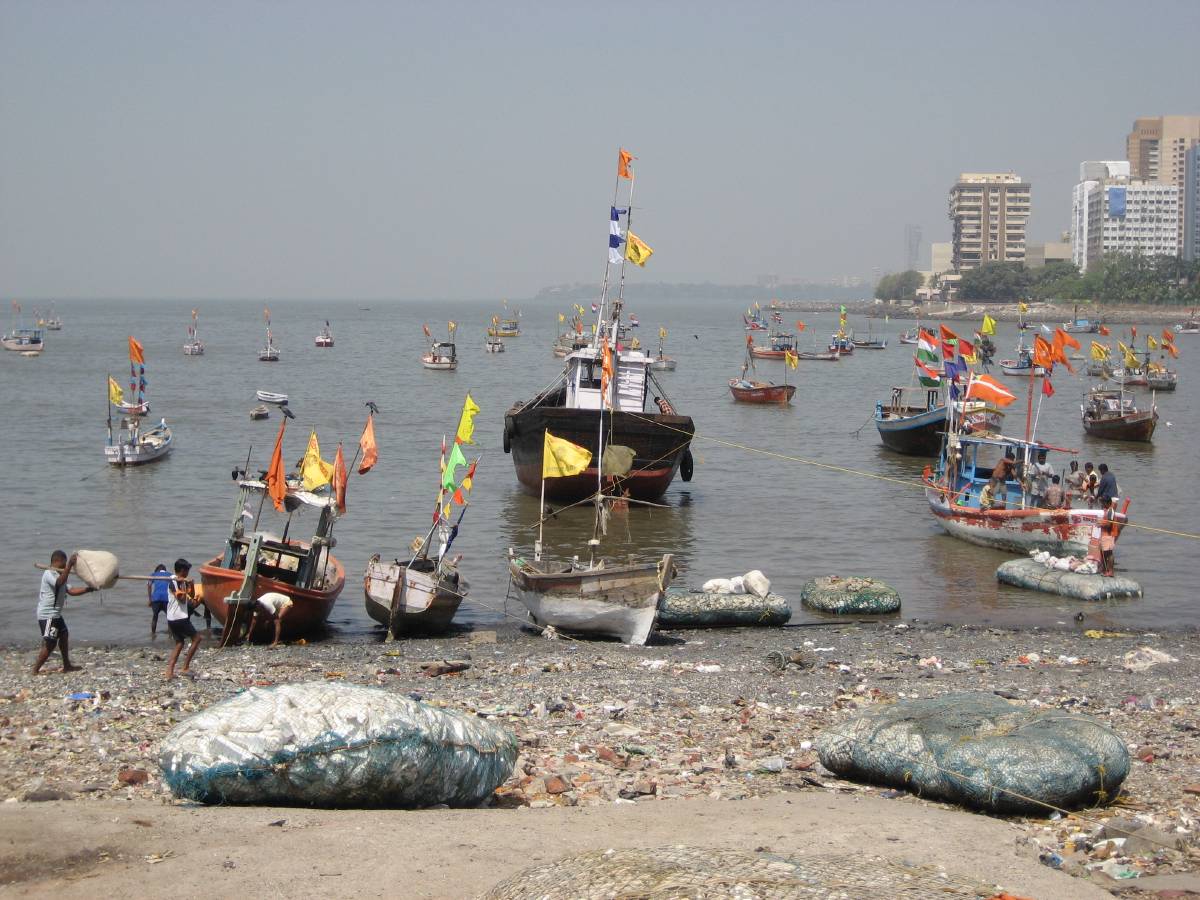

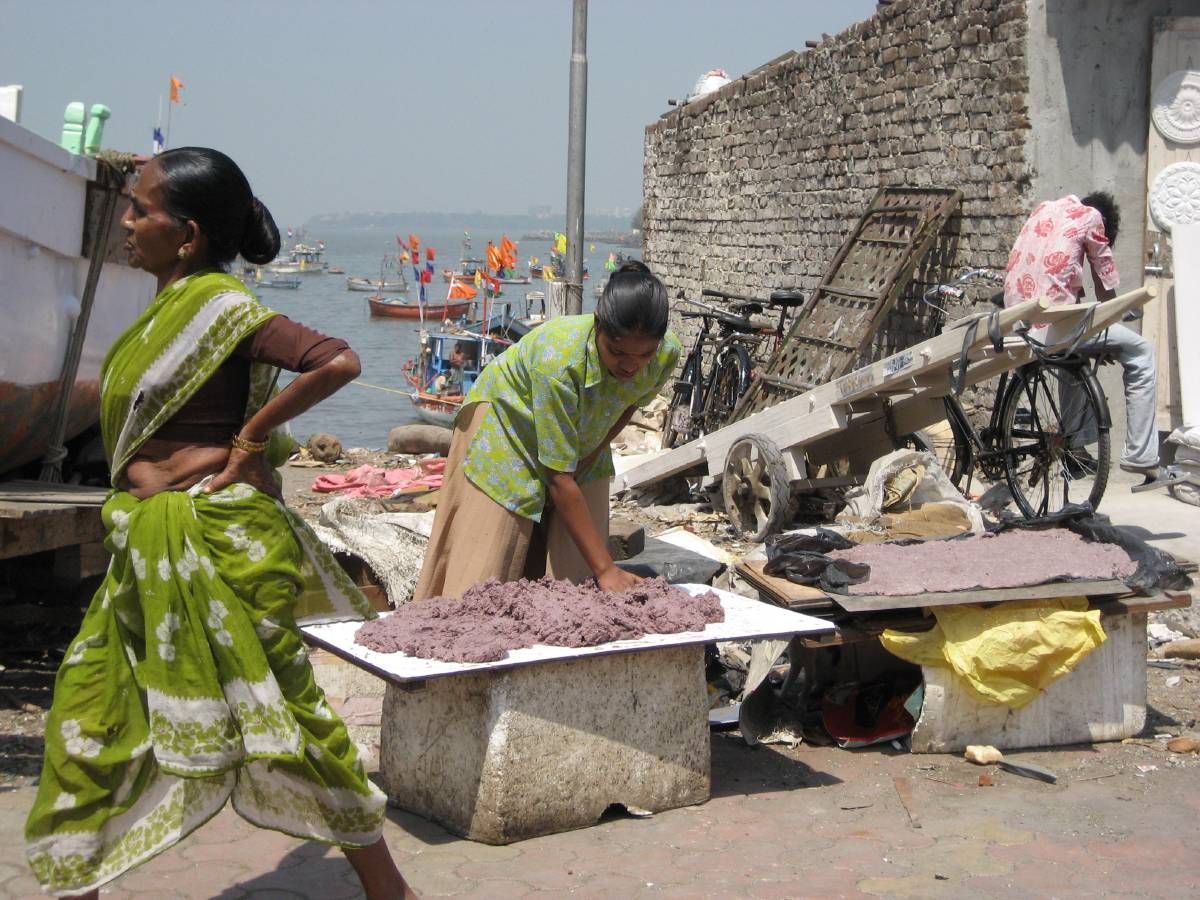
The next morning we wandered out into the city, passing the Victoria Terminus train station – an architectural highlight, the cricket oval and many beautiful buildings – all remnants of colonial days. We made our way to Colaba – the touristy area of town – and to the Gateway to India – where people offered to sell us just about everything except their children. (Really, what could we possible want with a 4 foot orange balloon in the shape of a gourd?)
We had heard that hiring a guide was a good idea to see some of the more outlying sites. We ambled over to the tourist stand where someone quickly began haggling. We bargained some. Not enough. Frankly we were still tired and overwhelmed. We set off with Dimesh in a a very nice car, but with the windows down. AC was extra and we had some budget traveler standards to maintain. Though we both agreed that we paid too much for the tour, we were also both happy to sit back, see the sights and ask questions of our friendly guide.
Some of the highlights were visiting a fishermen’s village, observing men washing clothes at the centuries old dobi, walking into a Jain temple and reading letters from Ghandi to Tolstoy and Hitler at Mani Bhavan – where he spent his time in Bombay.
Following that pleasant respite, and after respectfully decline a private drive to Goa for 18,000 rupees (train tickets are 600)we wandered back to Colaba Market area, where our fate quickly changed. Refer to Hooray for Bollywood for more details.
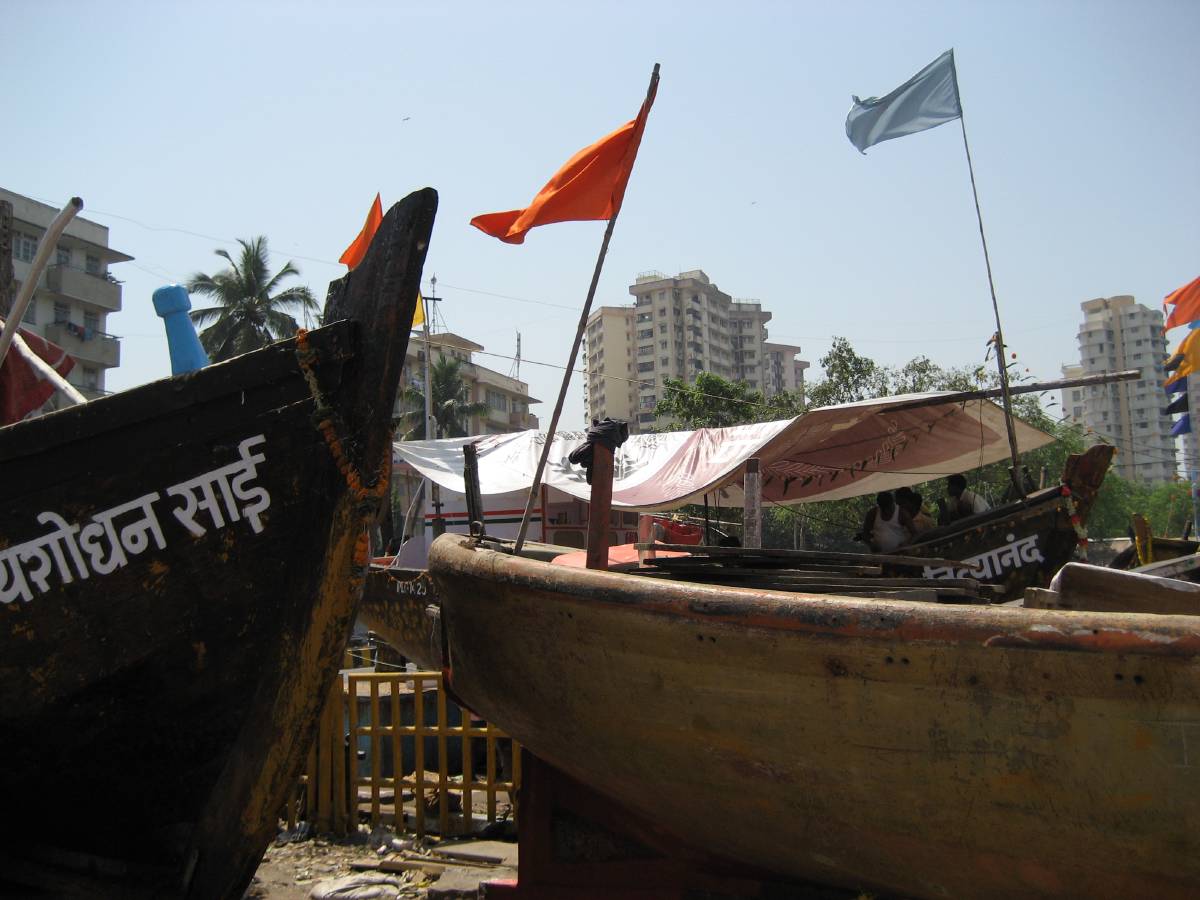
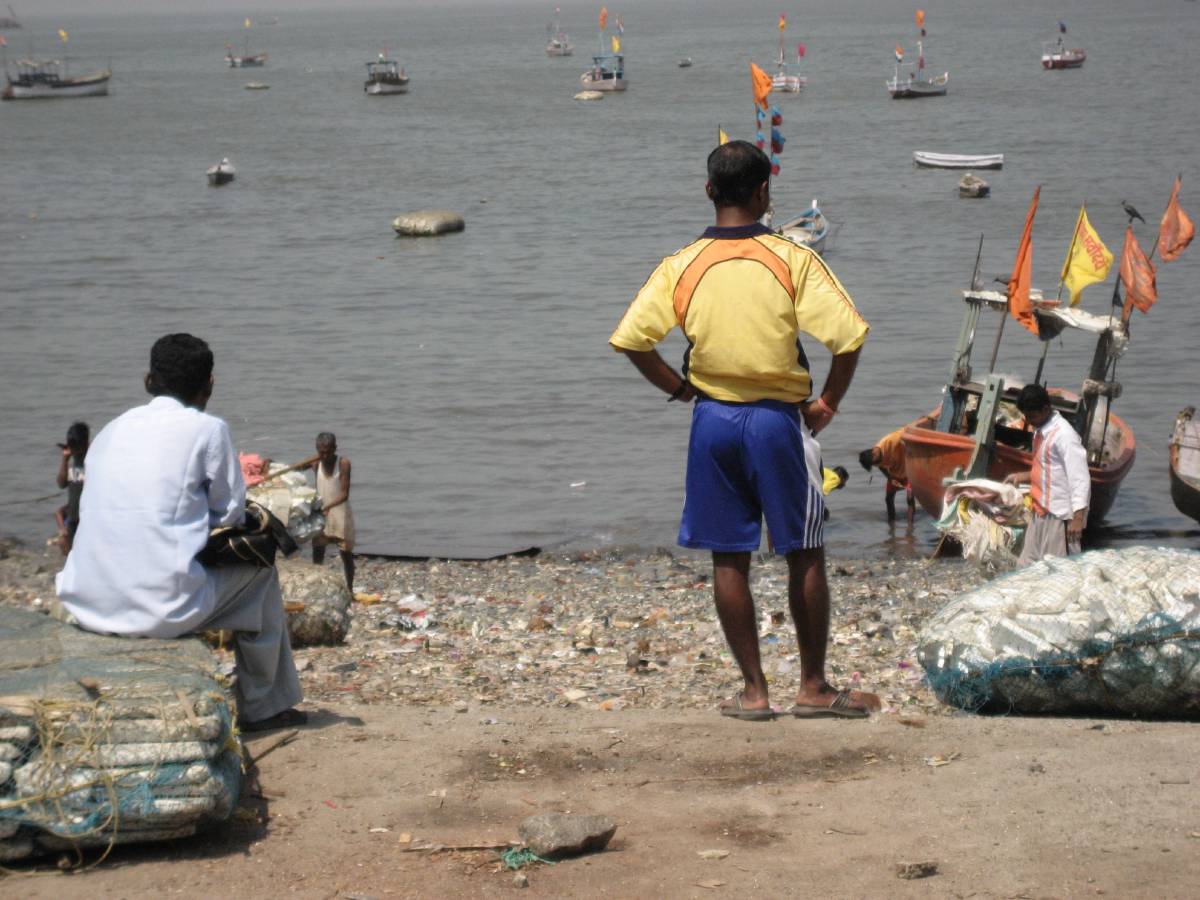
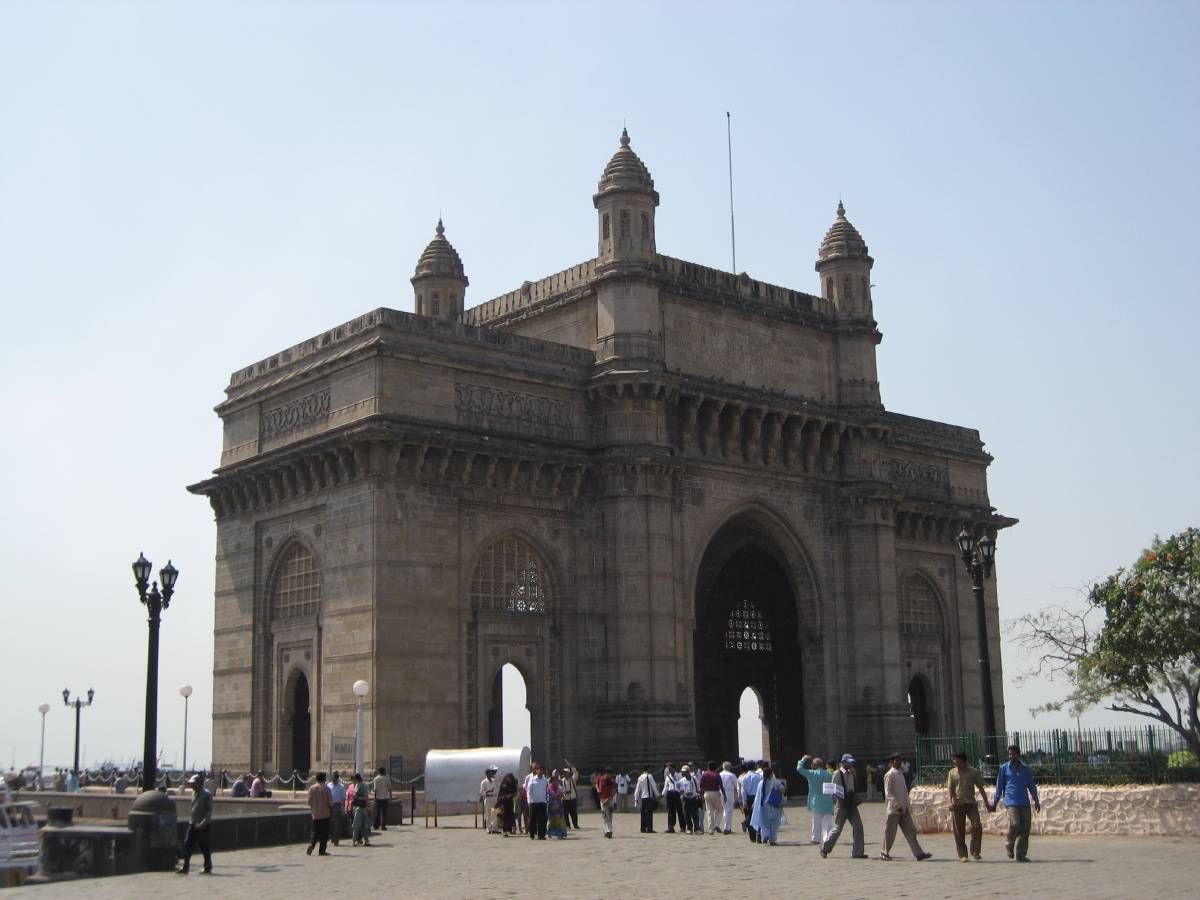
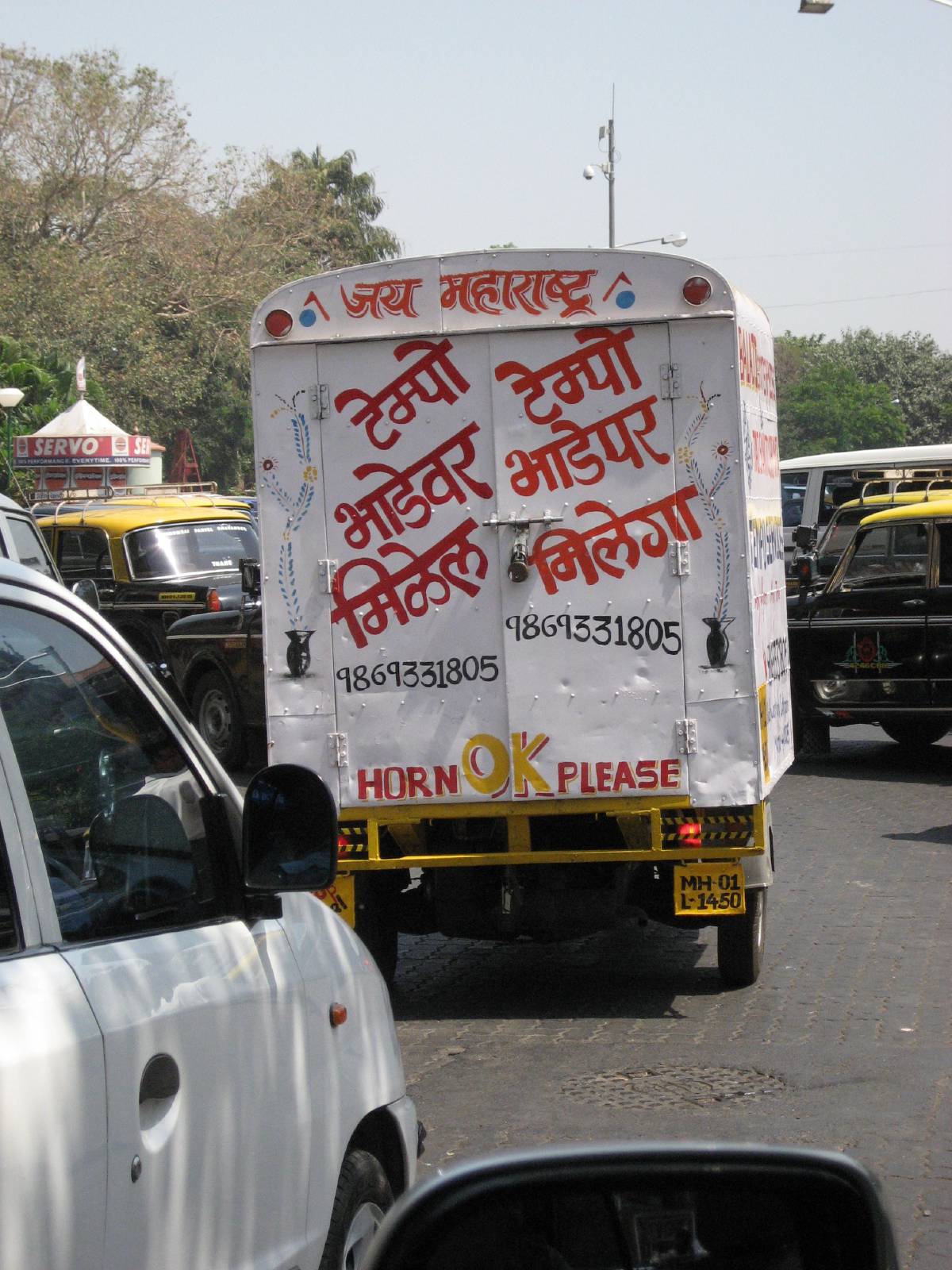
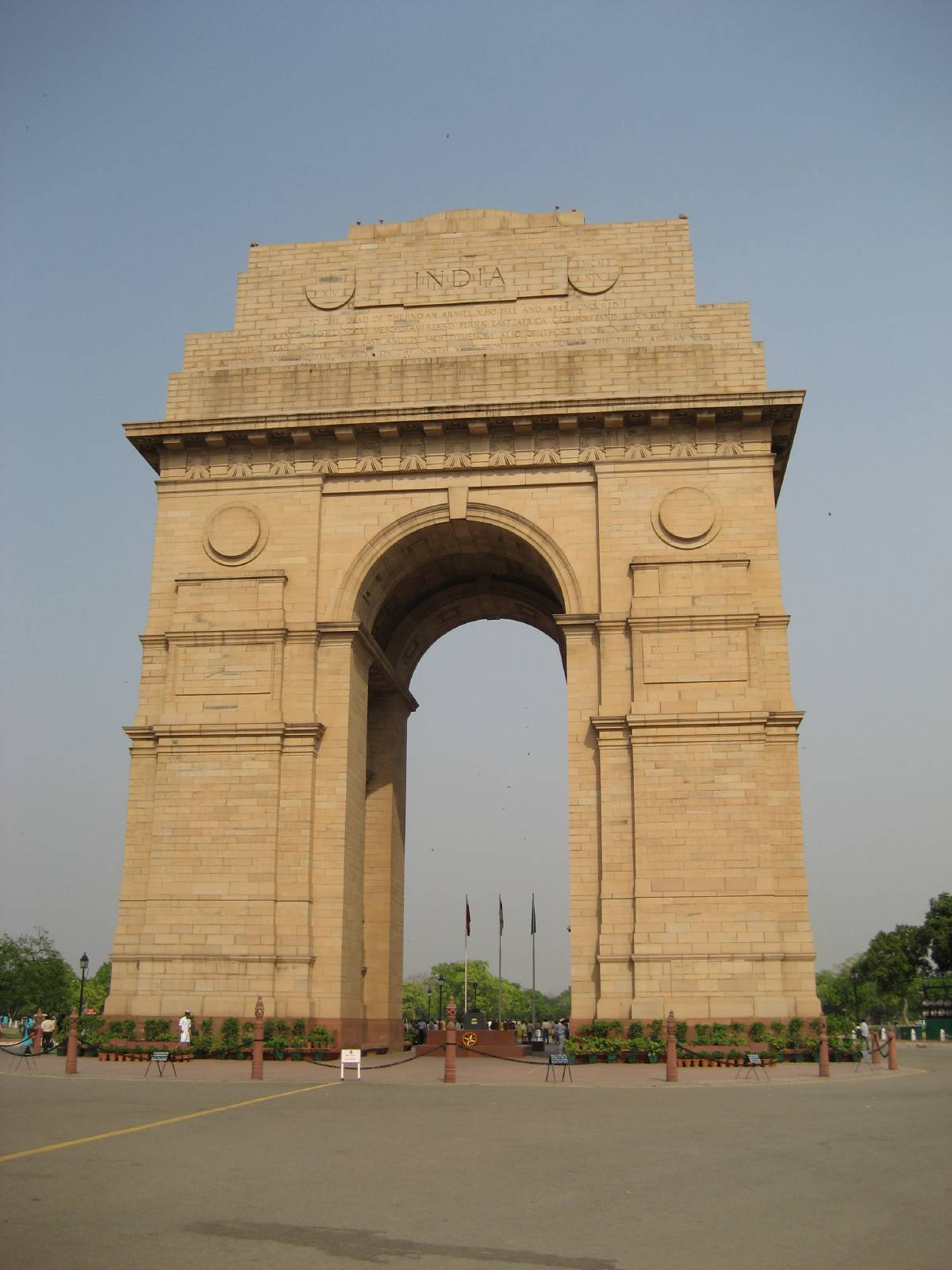
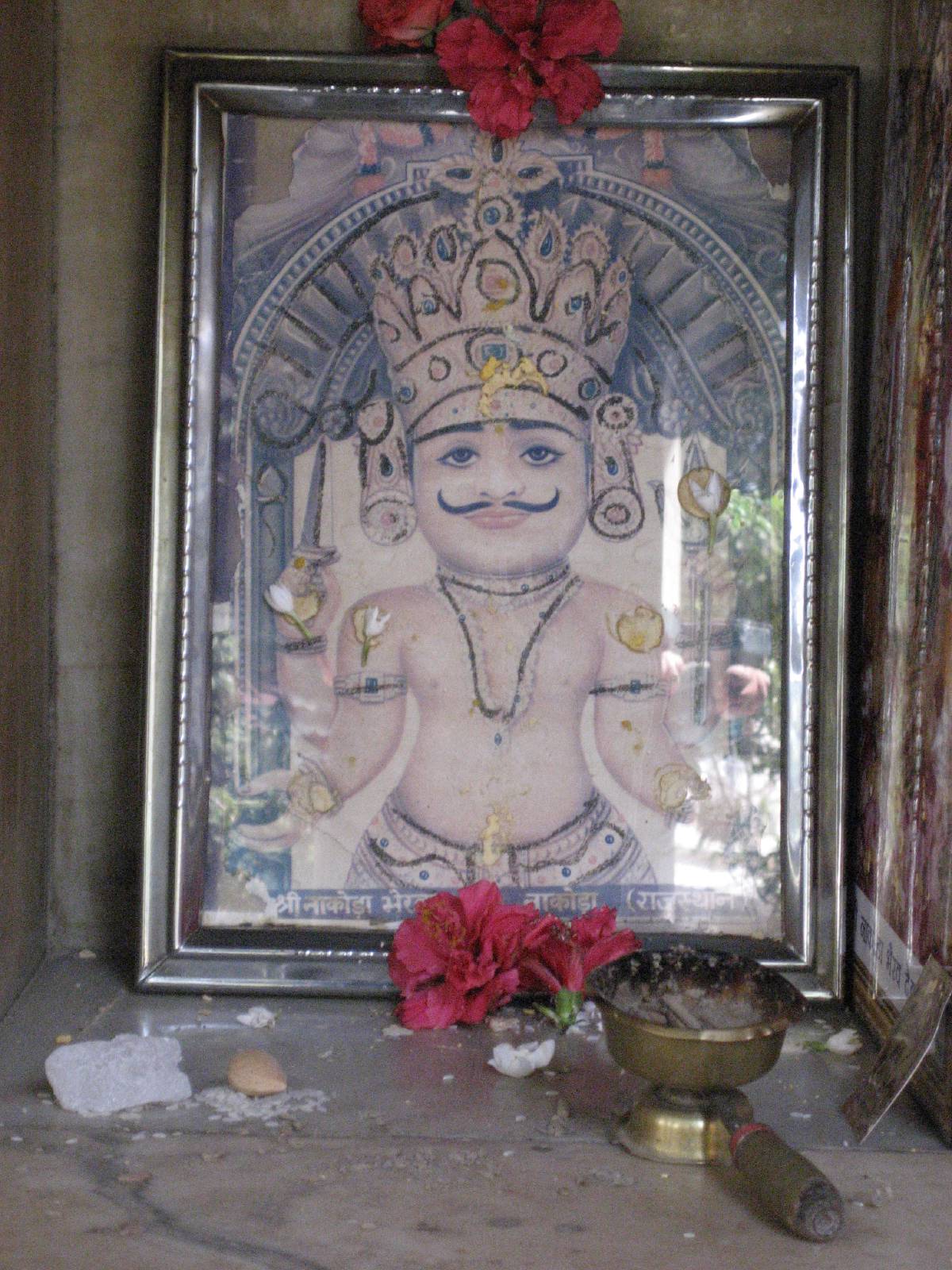
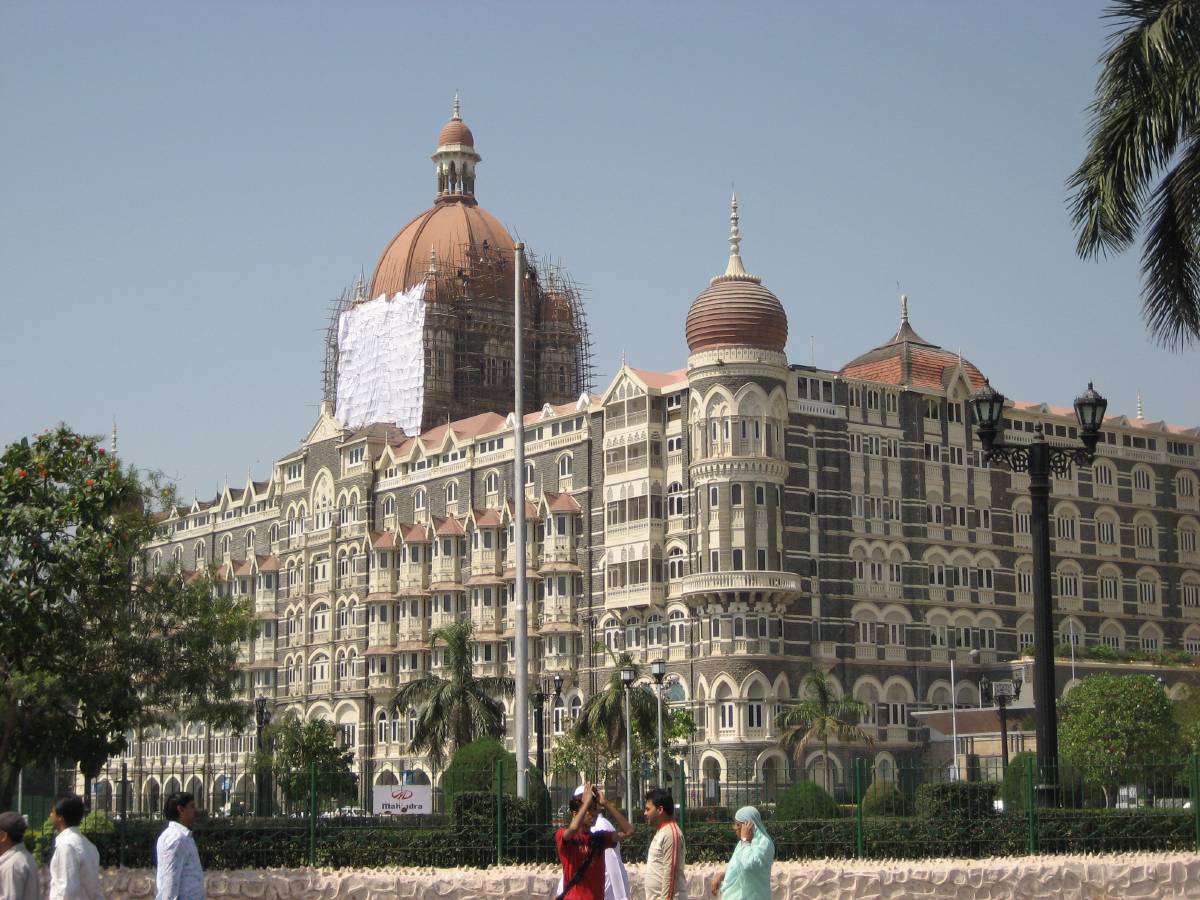


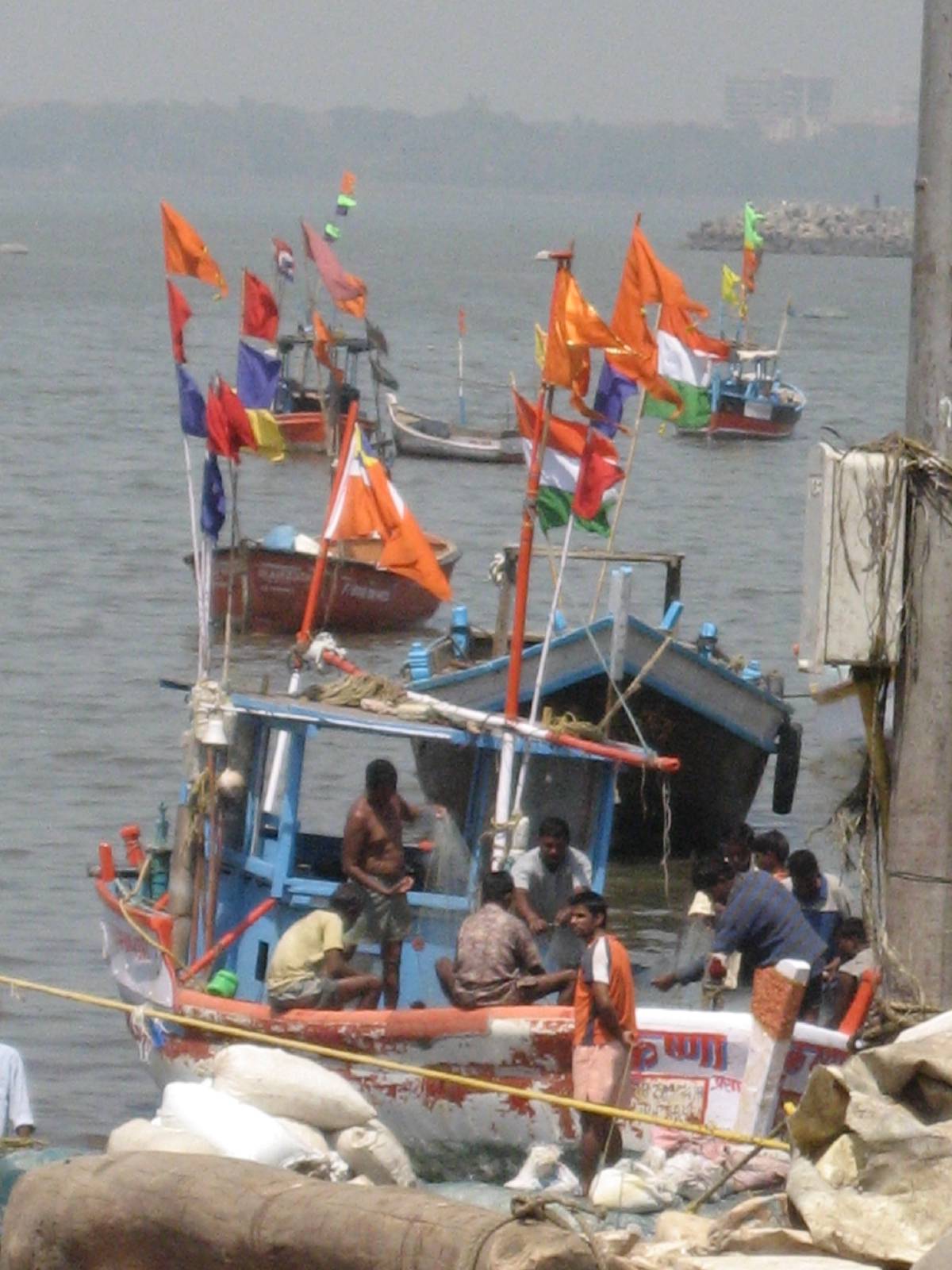
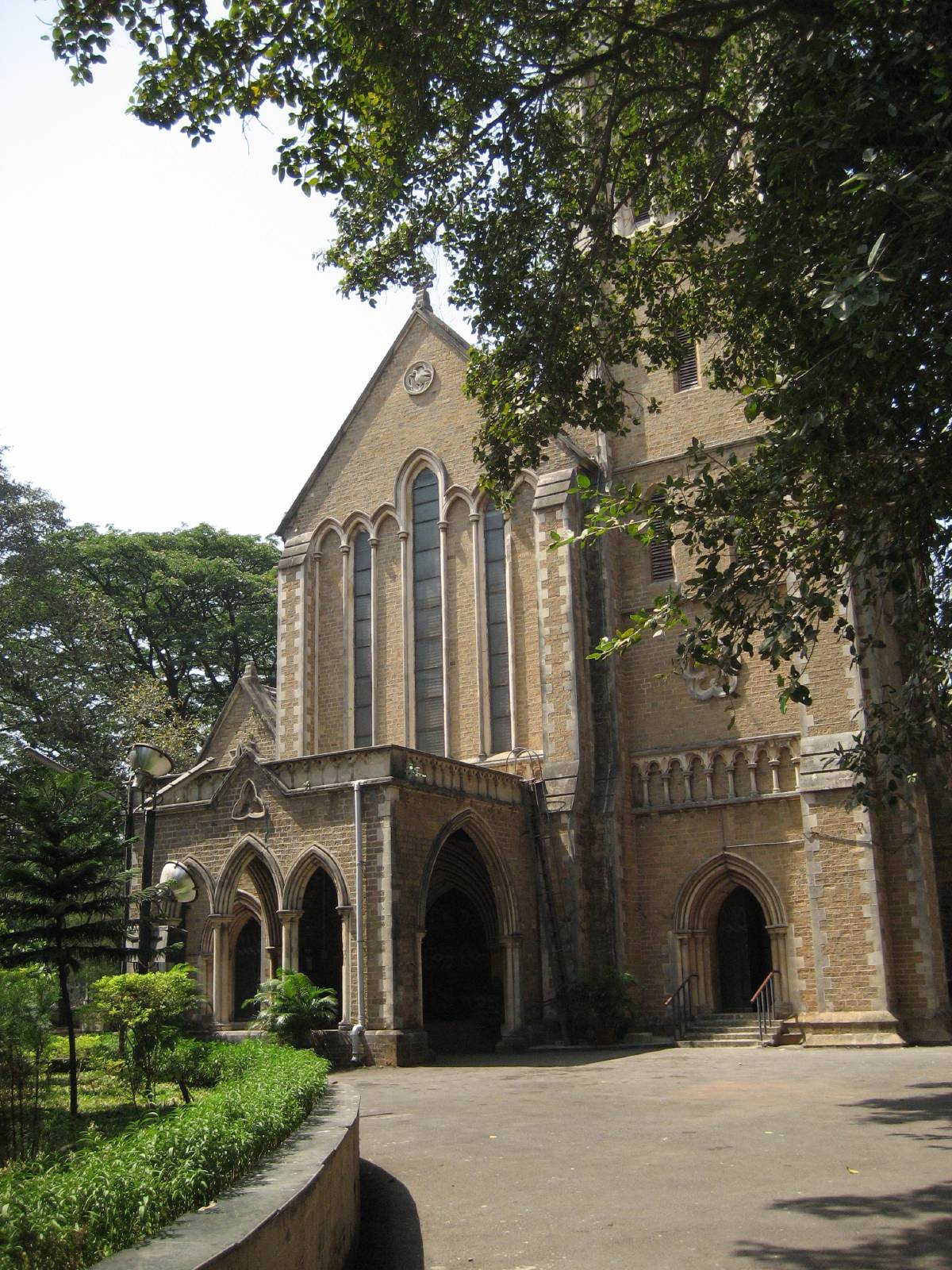
Mumbai is everything I expected but couldn’t possibly prepare for. Having read Maximum City (I recommend it – unless you are one of our parents.), I knew we wouldn’t want to stay too long here. It’s hot, overcrowded, filthy, loud – everything you expect of a third world city – but here the scale of it is immense. Some estimate that nearly 20 million people live here. Consider that under 9 million people live in the five boroughs of New York City – the largest city in the U.S. And these people are everywhere. If you’re on the streets in the early morning hours, you’ll find thousands of people – entire families – sleeping on the streets. In some places, they have made makeshift homes, while in others in the central city will simply lie down on the sidewalk – babies at their side, women in saris – and sleep through the night.
I am currently reading Paul Theroux’s book, “The Great Railway Bazaar” where he takes trains from London all through Asia and back again. He made this journey over 30 years ago. I found some perverse comfort in his observations about India. He too struggled to see these makeshift cities, which most people just step over or around and continue on their way. This is life here. What’s scary is not that 30 years ago he shared the same feelings, but that over 100 years ago, Mark Twain wrote the following upon visiting Bombay:
We seemed to move through a city of the dead. There was hardly a suggestion of life in those still and vacant streets. Even the crows were silent. But everywhere on the ground lay sleeping natives – hundreds and hundreds. They lay stretched at full length and tightly wrapped in blankets, heads and all. Their attitude and rigidity counterfeited death.
All of this leaves Dave and I with a lot to contemplate. We are a long way from the comforts and seclusion of our home in DC. Thankfully, we have found some delicious Indian food to help us along our way.